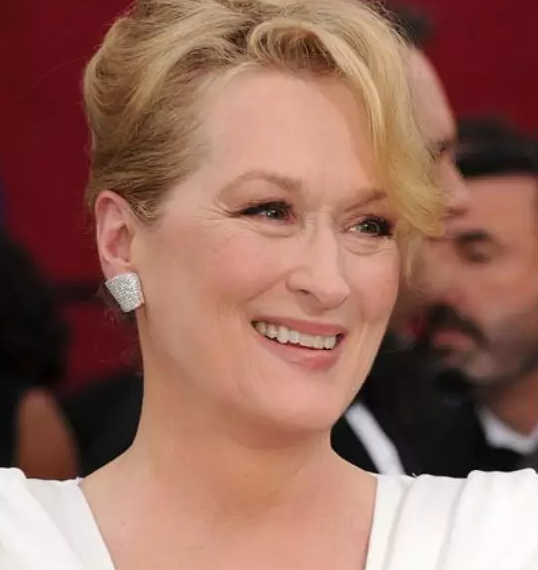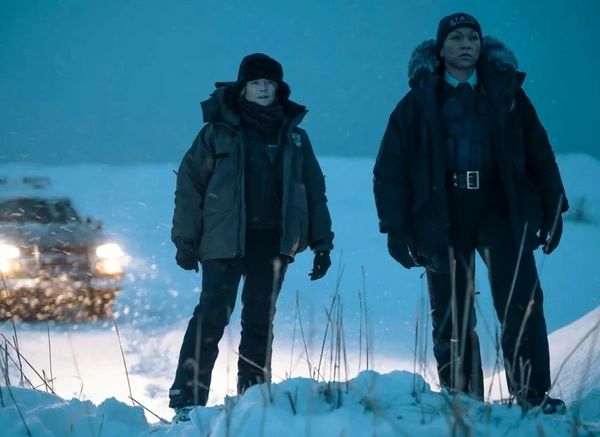Two years after Nickelodeon started, it began showing a comedy series that became a big hit and set the style for many kid-friendly comedies on the channel ever since. You Can’t Do That On Television was like a comedy show for tweens, with sketches that were a bit rebellious. It became really popular and was a big part of Nickelodeon in the 1980s. Plus, it introduced the famous green slime. Here are 12 interesting facts about You Can’t Do That on Television.
It didn’t start out as a Nickelodeon show.
Two years before it was shown around the world, You Can’t Do That on Television was made in Ottawa, Canada. At first, it was meant to be shown only in Canada. Two years later, Nickelodeon liked it and wanted to show it on cable TV. In early 1982, Nickelodeon started airing some edited episodes to see how people liked it. It became really popular and was Nickelodeon’s biggest hit.
The opening credits were inspired by Terry Gilliam.
The opening credits of You Can’t Do That on Television might remind you of Monty Python’s Flying Circus or other animations by Terry Gilliam. Geoffrey Darby, the show’s executive producer, acknowledged that Gilliam influenced the animation style. He mentioned that certain elements, like the conveyor belt and hitting the head, were inspired by Gilliam’s style from the late 1970s and early 1980s.
Christine McGlade was cast as the host almost accidentally.
Christine “Moose” McGlade went to the first audition for You Can’t Do That on Television just to support her friend who was auditioning. However, the show’s creator, Roger Price, insisted that she either audition or leave. So, she decided to audition and ended up being cast as the show’s host.
It helped launch the careers of some future stars.
While not all the kids from You Can’t Do That on Television stayed in show business, the series did launch the careers of a few well-known people. Singer Alanis Morissette, for example, appeared in a few episodes in 1986. Less than ten years later, she released her hit album Jagged Little Pill, which became one of the best-selling albums ever. Bill Prady, who later worked on shows like Gilmore Girls and The Big Bang Theory, was a writer for the show.
It was intentionally anti-educational.
Unlike other creators of children’s television shows who prioritized education, Roger Price’s main goal with “You Can’t Do That on Television” was to make kids laugh. Christine McGlade explained to The Huffington Post, “It was kind of anti-educational.” Despite some cast members later pursuing educational careers, Price’s approach was rebellious and anti-establishment. He believed that letting kids take over the studio would lead to fun, silly, and hilarious moments.
It’s been credited as the birthplace of “gross” humor.
Because of its “anti-establishment” attitude, You Can’t Do That on Television featured a lot of bathroom humor. This led many people to consider it the starting point for gross-out humor. Ren & Stimpy creator John Kricfalusi told The Ottawa Citizen that the show was probably the first to do this. He explained that if it weren’t for them, shows like Ren & Stimpy wouldn’t have been possible.
The kids shot after school and on weekends.
Unlike other child actors who have tutors on set, the producers of You Can’t Do That on Television wanted the kids who appeared on the show to have normal lives outside of acting. So, filming was scheduled around their school hours. “They all went to regular school and were in regular classes,” Darby explained. “They would come after school for the table readings and then would work on the weekends. They stayed regular, local kids, because we didn’t want them in a bubble. Because then they’re no longer kids, they’re ‘act-ores.’ Which is never what was wanted.”
it originated nickelodeon’s famous green slime.
Even now, “getting slimed” is a big part of Nickelodeon, and it began with You Can’t Do That on Television. Whenever a kid said “I don’t know,” they’d get covered in green slime from a bucket. Darby mentioned this happened somewhat accidentally.
“We were in the dungeon set and what happened was we had this joke, which was, ‘Whatever you do, kids, don’t pull on that chain.’ We went to the cafeteria and got them to give us a bucket of slop. We said, ‘We want you to take all the stuff that’s left on plates over the whole day and put it in this bucket.’ And then we were going to dump it on the kid so that it looked like if he pulled the chain, sewage would come out. We didn’t get around to shooting the scene because you can’t go into overtime with children. It’s against the law. If you don’t get the scene, you don’t get the scene. We didn’t get it shot. So we put the set up again the following week to shoot that one scene … The prop man came to me—literally, this is a completely true story—and said, ‘There’s a problem.’ The problem was that he didn’t get a new bucket of slop. He just kept the old one back stage. There was about eight to 1- inches of green crud. Growing. It had grown on the top of this bucket of … stuff. There was mold. So, we had to get the scene, right? We couldn’t get more slop, because we couldn’t! I said, ‘Dump … it … on … the … kid … anyway.’ And that’s how green slime was invented.”
being slimed meant a bigger paycheck.
Kids on the show would also get drenched with water if they mentioned “water” or “wet.” However, there was a benefit: Kids got paid an extra $75 for episodes where they got soaked and $150 for episodes where they got slimed. Darby said they thought it was a way to reward them for enduring the mess.
One episode was so controversial that it was banned in America.
In the show’s eighth season, one episode called “Adoption” caused a lot of controversy. It did air in the U.S., but it was quickly banned. Looking back on the episode in 2012, Darby admitted that they made a mistake with the episode. He said, “We ourselves didn’t understand what buttons were being pushed about an episode dealing with adoption. And that was our mistake. None of the kids were adopted, we didn’t know anybody who had been adopted. That was really us just not being cognizant of the world of adoption. And so that was a bad show. That was just not being respectful.”
mr. rogers wasn’t a fan
Many parents and even Fred Rogers, the host of “Mister Rogers’ Neighborhood,” didn’t like the way adults were shown on the show. Price, the creator of “You Can’t Do That on Television,” mentioned in 1989 that Rogers disliked the show. He explained that Rogers didn’t understand they were delivering similar messages but to different age groups. Price cared about his young viewers and wanted to address their needs, regardless of parental preferences.
It inspired a documentary feature.
More than ten years after the series ended, people were still interested in You Can’t Do That on Television. Shout! Factory made a documentary movie called You Can’t Do That on Film about the show. David Dillehunt directed it.









